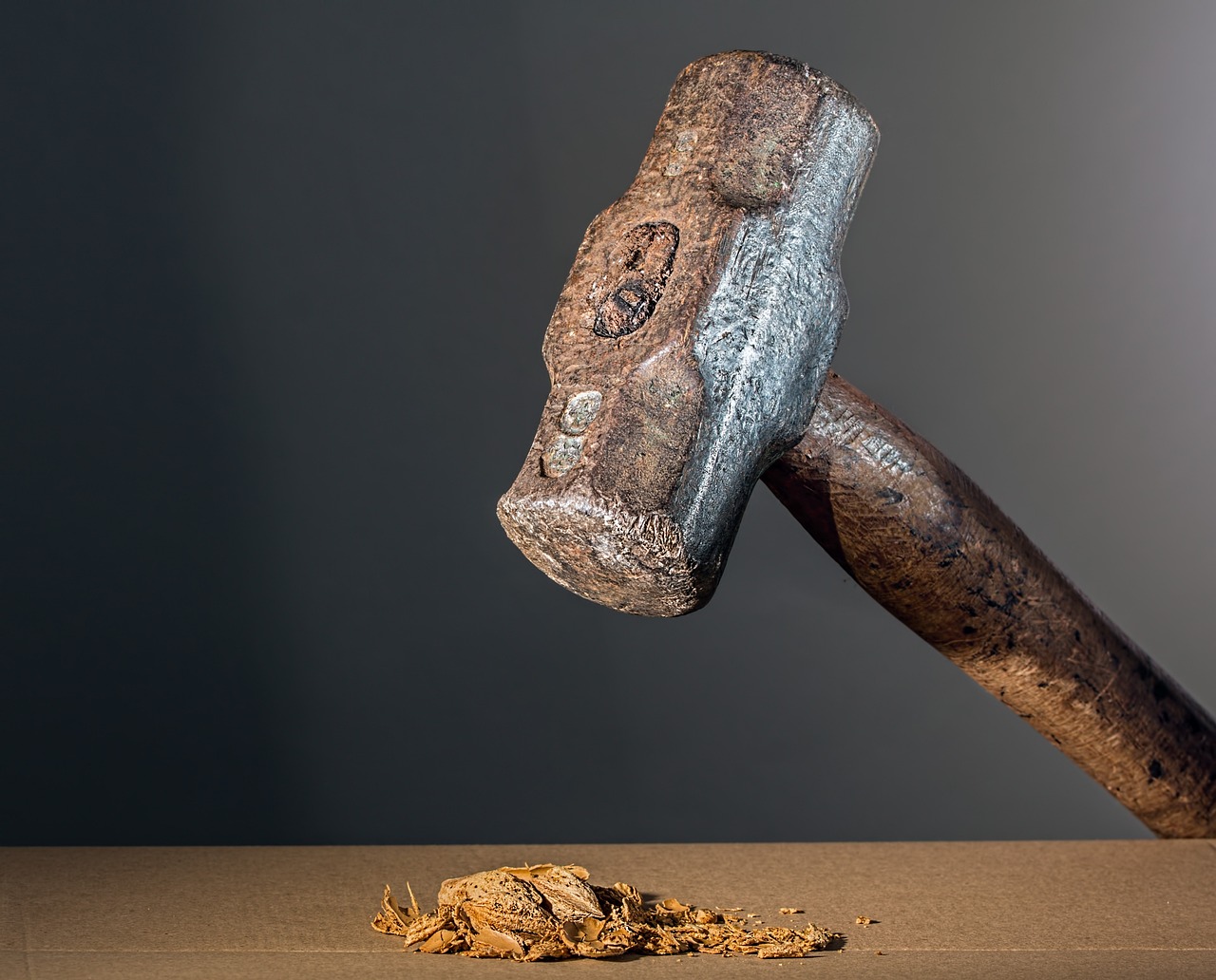In manufacturing size reduction of materials is possibly the most common activity, Whether its crushing ores in mining, grinding in food manufacturing or fine micronising in pharmaceutical or coatings industries, reducing the size of materials features everywhere.
Size reduction is carried out using various techniques and equipment, depending on the type of material being processed, the desired final particle size, and the specific manufacturing application.
Here are some of the most common methods for size reduction used in manufacturing
- Milling involves using equipment such as ball mills, hammer mills, or rod mills to crush, grind, or pulverise materials into smaller particles. The material is fed into the mill, where it is subjected to mechanical forces, resulting in size reduction.
- Crushing is achieved through compression forces. Equipment like jaw crushers, cone crushers, and impact crushers are used to reduce the size of materials by applying pressure to them. This method is often used in mining and construction industries.
- Grinding is a precision size reduction method that uses abrasion and shear forces. Materials are reduced to smaller particle sizes by grinding machines like surface grinders or cylindrical grinders.
- Shredding is a process that involves tearing or cutting materials into smaller pieces. It’s commonly used in recycling and waste management to reduce items like paper, plastics, and metals into smaller fragments.
- Cutting techniques, such as laser cutting, waterjet cutting, and plasma cutting, are used to reduce the size of materials by precisely removing unwanted sections or shaping them into desired forms.
- Pulverisation is the process of reducing materials to fine powders or dust particles. It’s frequently used in the pharmaceutical and chemical industries to create powders for drug formulation or chemical processing.
- Cryogenic Size Reduction involves using extremely low temperatures to make materials brittle, which makes them easier to break or grind into smaller particles. This method is often used for heat-sensitive materials.
- Jet Milling or micronisation uses high-velocity gas or air streams to reduce materials to fine particles. It’s employed in industries like pharmaceuticals to produce micron-sized powders.
- Extrusion is used to reduce the size of materials by forcing them through a die. It’s commonly employed in the plastics industry to shape and size-reduce plastic materials.
- Homogenisation is used in the food industry to create uniform and consistent products. It involves breaking down particles in a liquid to achieve a smooth and consistent mixture.
- Mechanical Cutting such as shearing or slitting, are used to cut materials into smaller pieces or shapes. These methods are often used in metalworking and fabric cutting applications.
- Ultrasonic Size Reduction uses high-frequency sound waves to break down materials into smaller particles. It’s common in the pharmaceutical and nanotechnology fields.
Choosing the right size reduction technique can make all the difference in product quality, process efficiency, and cost-effectiveness. Here are some of the key factors that influence the selection process:
- Material Characteristics: Different materials require different approaches. Factors like hardness, friability, and moisture content determine which technique is most suitable.
- Particle Size Range: The desired particle size range is a critical consideration. Some techniques excel at producing fine powders, while others are better suited for coarse granules.

- Temperature Sensitivity: Some materials are sensitive to heat and can degrade during size reduction. Choosing a technique that minimises temperature rise is crucial in such cases.
- Throughput and Capacity: Consider the required production capacity. Some techniques are better suited for high throughput, while others excel in smaller-scale, precision applications.
- Reproducibility: For manufacturing consistency, select a technique that provides reliable, reproducible results. Variability can be costly and impact product quality.
- Sustainability: The environmental impact of the chosen technique matters. Sustainable options, such as those with lower energy consumption or reduced waste generation are much preferred.
- Quality Control: Ensure that the chosen technique aligns with the quality control standards and specifications necessary for your product.
- Innovation and Adaptability: Consider whether the technique allows for innovation and adaptability as your product or market requirements evolve.
- Cost Implications: Analyse the overall cost of implementing and operating the technique, including equipment, labour, and maintenance.
- Regulatory Compliance: Compliance with industry and environmental regulations is non-negotiable. Ensure the selected technique aligns with all relevant standards.
- Expertise and Training: The availability of skilled personnel and the need for specialised training can impact the choice of technique.
- Time Constraints: Consider production timelines and any time-sensitive factors that may affect your decision.
- Market Demand: Evaluate the market demand for your product and how the chosen technique can meet it efficiently.
The selection of a size reduction technique isn’t one-size-fits-all; it’s a nuanced decision influenced by a combination of these factors. As manufacturing continues to advance, making informed choices becomes increasingly crucial for achieving success and sustainability.
If you are considering a size reduction technique for your process development or scale up and would like further information and guidance on equipment selection and suitability, get in touch with the team who will be more than happy to assist.
To find out more about our Process development support, check out our chemistry solutions page here

